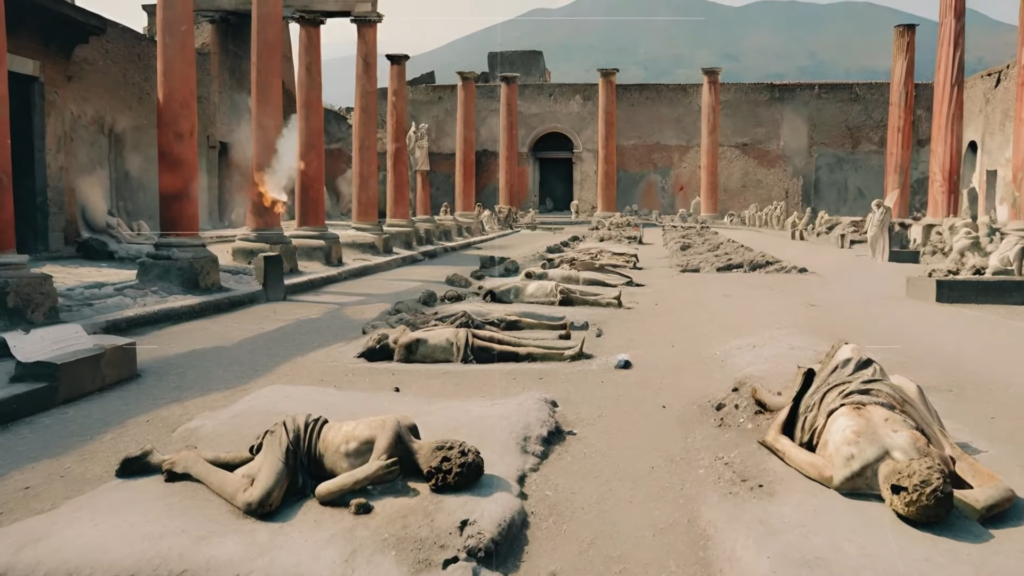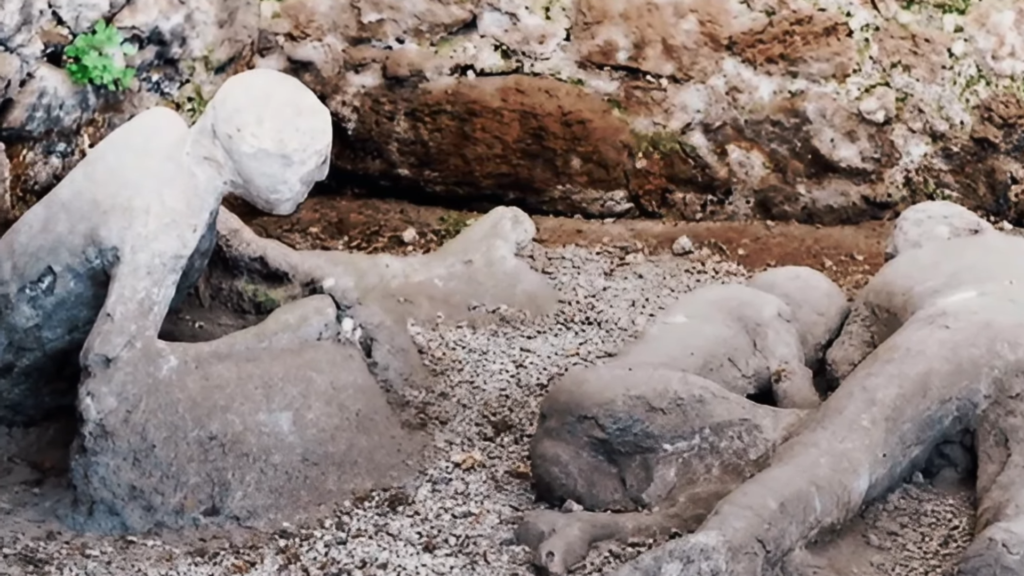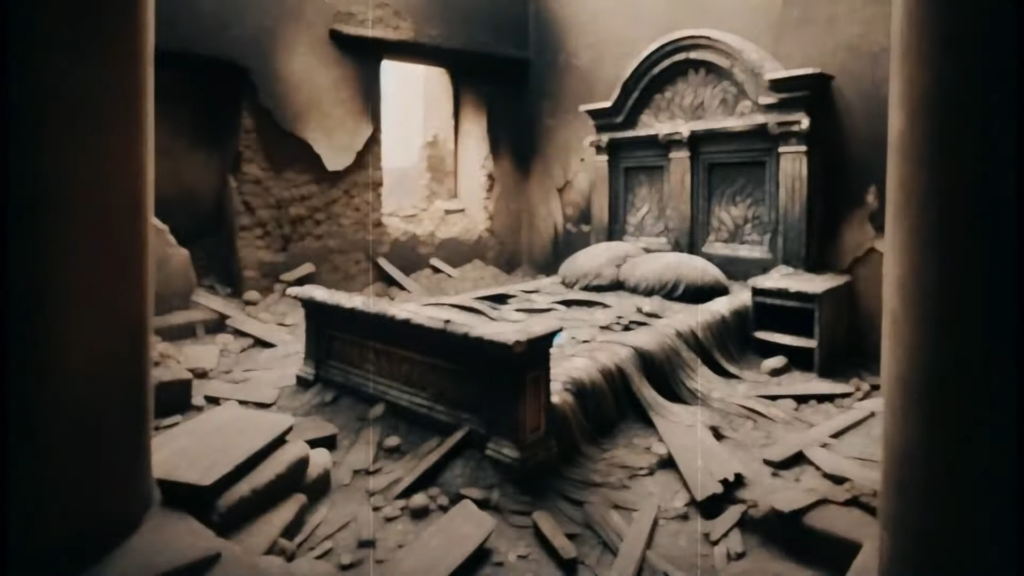In the year 79 AD, Pompeii, a once-thriving city nestled along the Italian coastline, experienced a catastrophic volcanic eruption that left it buried under ash and debris. For centuries, the tragedy has intrigued historians and archaeologists, shrouding the events in mystery. However, recent groundbreaking discoveries are challenging long-held beliefs, promising to rewrite the narrative of this ancient catastrophe.

The common assumption has been that the victims succumbed to a massive flow of lava. Yet, shockingly, most of the bodies found show no signs of injury or burning, sparking questions about the true cause of their demise. Recent advances at the Pompeii site, using cutting-edge techniques such as X-rays and chemical analyses, are revealing a different story – one of suffocation from lethal gases, not the expected dehydration or heat.

As we journey back in time to the heyday of Pompeii, a luxurious resort city flourishing with opulence and sophistication, we discover a thriving community of 12,000 residents. The city’s prosperity was deeply rooted in its fertile volcanic soil, making it a hub for cultivating olives, grapes, and other crops. The eruption of Mount Vesuvius in 79 AD, spewing out 10,000 tons of material per second, abruptly extinguished the lively rhythm of life in Pompeii.
Recent excavations have unveiled extraordinary volcanic phenomena, pointing towards a rare pyroclastic surge as the cause of extensive loss of life. Unlike typical lava flows, these surges move at speeds exceeding 200 km/h, leaving only a light layer of ash behind. State-of-the-art methods have identified suffocation from lethal gases as the actual cause of death for the victims, challenging previously held theories.

In a surprising twist, a charcoal inscription discovered on a wall, dated October 17th, challenges the long-established timeline of the eruption, which was traditionally believed to have occurred on August 24th. This finding raises questions about historical accuracy, urging a re-evaluation of the events leading up to Pompeii’s tragic end.
The exploration extends to Pompeii’s culinary landscape, where recent discoveries at the Thermopolium of Hesius the Fifth showcase the ancient roots of fast food culture. Vivid frescoes and well-preserved containers provide a glimpse into the varied and abundant diet enjoyed by Pompeii’s residents, challenging preconceived notions about ancient eating habits.

Tragedy struck not only with the volcanic eruption but also through destructive earthquakes. Two skeletons discovered under a collapsing wall at the Casa Mon excavation site emphasize the compounding dangers faced by Pompeii’s residents. The link between earthquakes and volcanoes is not straightforward, and ongoing research aims to unravel the complex interplay of these natural forces.
In the midst of the devastation, a burnt bed frame emerges as a significant find, offering insights into the choices made by Pompeii’s residents during those critical moments. The preservation of this Roman bed is unprecedented, with its burn marks providing clues about the chaos that ensued as the inhabitants attempted to escape the city.

As Pompeii continues to reveal its secrets, buried beneath layers of ash and debris, the mysteries yet to be unearthed hold the potential to both enlighten and protect future generations. These discoveries not only shed light on the cataclysmic events of the past but also equip us with the knowledge to prevent such widespread devastation in the future. The untold secrets beneath Pompeii’s surface are a testament to the resilience of history, waiting to be uncovered and shared with the world.




